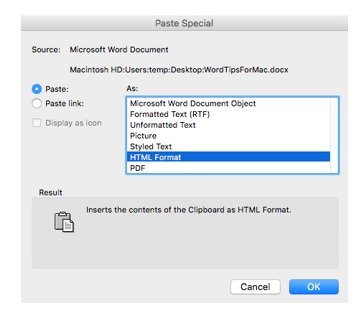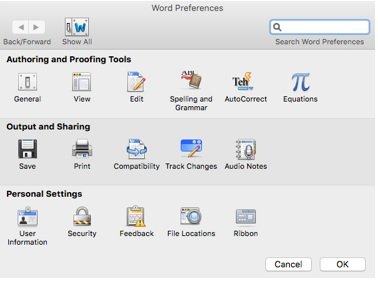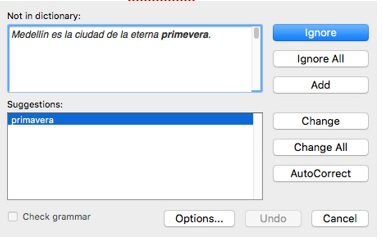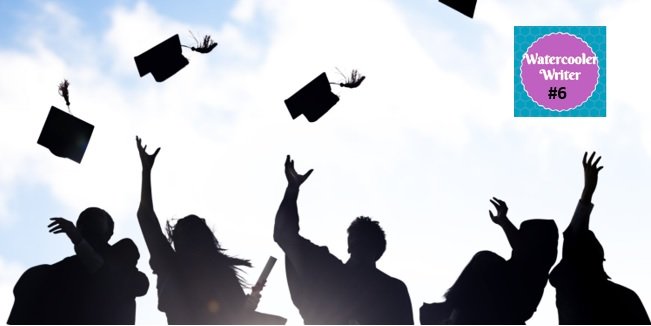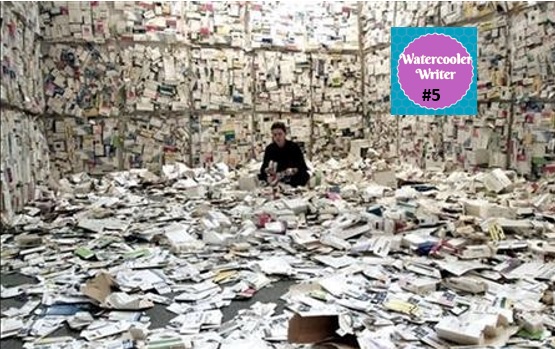To a first-time author, few stages of the book-writing process are as overwhelming as publishing and printing.
You’ll make decisions about everything from cover art to paper quality. You’ll have to decide which printing option is right for you and your readers. You’ll need to have opinions about whether you want a prologue or an appendix — or both.
You’ll also have to learn some industry jargon along the way. Need a starting point? Check out this list of commonly used printing and publishing terms:
- Appendix
A section at the back of a book that contains relevant “extra” materials that don’t really fit anywhere else. Items that might go in an appendix include things like copies of original documents, letters, maps, family trees, graphics, or lists of recommended reading.
- Binding
This refers to how the pages and cover are put together. A few common types of binding include:
- Perfect Binding
Also known as a “soft cover book,” a perfect bound book features a durable (but flexible) cover and is held together with a heavy-duty adhesive. Most mass market paperbacks (the paperbacks you find in bookstores or grocery stores) feature perfect binding. - Saddle Stitching
This is a slightly misleading name because there’s no actual stitching involved. Instead, pages and cover are folded and stapled along the crease. Magazines, booklets, and short manuals often feature saddle stitching. Saddle stitching is very inexpensive. - Hardcover
As the name suggests, these books feature hard, sturdy covers made of cardboard, fabric, or even leather and are often wrapped in a protective dust jacket. Hardcover books tend to be pricier to print than other types of binding. - Spiral Binding
An inexpensive option that features a plastic or wire coil. Because spiral-bound pages can lay perfectly flat, this is a great choice for more “interactive” publications like workbooks or guidebooks.
*Most paperback books are perfect
- Perfect Binding
- Draft
A draft is a working (as in, not final) version of a book. In most cases, a draft is a Word document. Drafts go through multiple rounds of editing and revisions before they become final.
- Dust Jacket
The removable paper cover that protects a hardcover book. Most dust jackets have a cover illustration, a book synopsis on the front inside flap, and an “About the Author/About the Company” blurb on the back inside flap (In case you were wondering, you don’t have to have a dust jacket. There are other options, such as casewrap, that look just as nice. They’re often more affordable, too.).
- EBook
Short for “electronic book.” eBooks are an increasingly popular alternative to traditional publishing. eBooks look exactly like traditional books, but they are designed to be read on tablets or dedicated eReaders (like the Amazon Kindle or the Barnes & Noble Nook). Many self-published authors prefer eBooks because they are much less expensive to produce than traditional paper books.
- Editing
Unlike proofreading, which focuses on small grammar and spelling errors, editing is all about the big picture. Editing typically includes things like rewriting sentences for clarity, deleting unnecessary paragraphs, rearranging sections of a chapter, or adding details to make your writing more interesting. You can edit your draft yourself, or hire an editor to help you improve your writing.
- Foreword
A short introduction that appears at the beginning of the book. A foreword can be written by the book’s author, but it’s often written by someone else, such as an industry expert or a respected author.
- Galley
This is a sample copy of the book once it’s been through the layout and design stages. The galley copy provides a final opportunity to review or make changes before the book goes to print.
- Matte Vs. Glossy
You’ll most likely have to decide between these two options when you choose a book cover or dust jacket. A glossy finish is super-shiny and a tiny bit reflective. A matte finish is low-shine and typically non-reflective.
- JPEG
Pronounced “jay-peg,” a JPEG is a common format for compressing digital photos. If you plan to include photos in your book, you’ll likely need to convert them to JPEG format. Working with older photos? No worries. You can use a scanner to convert them to digital.
- ISBN
Short for the International Standard Book Number, the ISBN is the unique number and accompanying bar code assigned to all commercially published books. A book’s ISBN contains a variety of information, including the country where the book was published, the publisher, edition, and more. The ISBN is also used by bookstores and libraries.
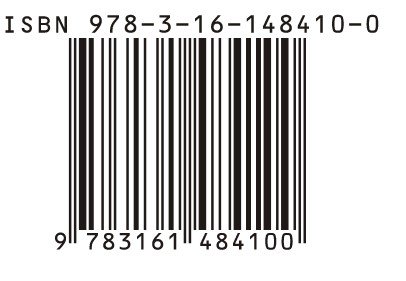
*Traditional publishers (and most reputable self-publishers) assign an ISBN to all books they produce. - PDF
A PDF is another common digital file format. Unlike a bare-bones Word document, a PDF looks exactly like a printed page and will include design elements, graphics, custom fonts, and more.
- Print On Demand
A type of publishing option where books are printed individually when they are ordered. This is an economical alternative to traditional publishing, which typically requires you to print a few hundred books at once.
- Prologue
An introductory section that appears before the main book. In a non-fiction book, you can use a prologue to provide context or background information, or to explain your relationship to the subject matter. In a fiction book, a prologue might be a short vignette that sets the scene for the main story. A prologue is written by the book’s author.
- Proof
In publishing lingo, “proof” means a pre-print sample of a book. Typically, your publisher or printer will provide you with a proof to review before your book is printed. This is your last opportunity to do a thorough review and catch any typos or formatting issues before your book goes to print.
- Proofreading
Proofreading means going through a final draft to correct small issues such as missing punctuation, typos, or grammar and spelling errors.
- Publisher Vs. Printer
What’s the difference? In most cases, a publisher handles all aspects of your book, from layout and design to printing, sales, and distribution. (Depending on what kind of publisher you’re using, a publisher may handle marketing and publicity, too.) A printer does exactly what the name suggests: They print your book. Printers don’t normally offer additional services like graphics, design or marketing.
- Self-Publishing
Self-publishing is an increasingly popular option, and with good reason: It’s easy, it’s faster than traditional publishing, and it’s a great choice if you’re writing for a smaller audience and/or you want to retain complete creative control over your book. What’s more, many of the leading self-publishing companies produce beautiful books that rival their traditionally published counterparts. Our pick for self-publishing? CreateSpace, which is owned by Amazon.com.
- Table of Contents
A table of contents appears at the front of the book and lists each chapter or section.


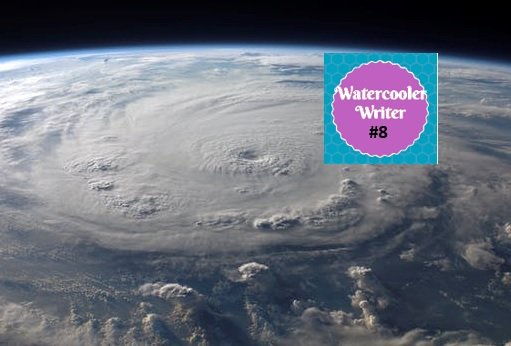


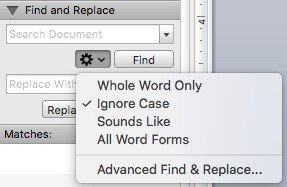

 Alternatively, CONTROL ⌘V opens the Paste Special dialogue box to choose the formatting for your pasted copy.
Alternatively, CONTROL ⌘V opens the Paste Special dialogue box to choose the formatting for your pasted copy. 